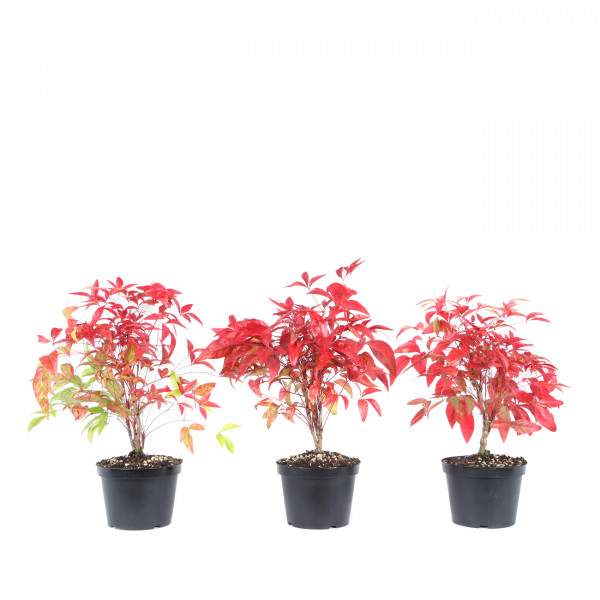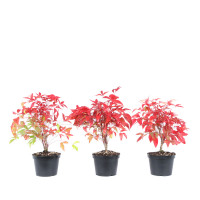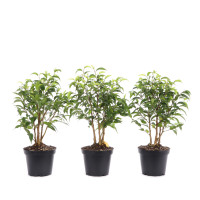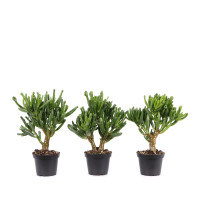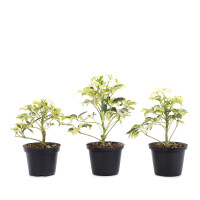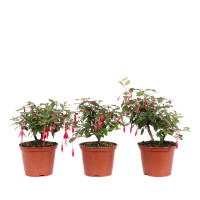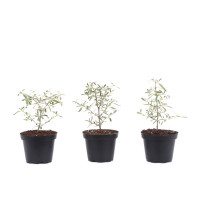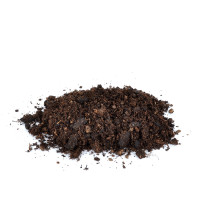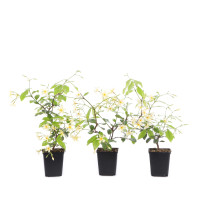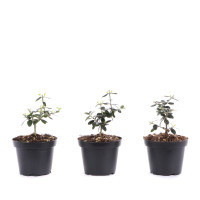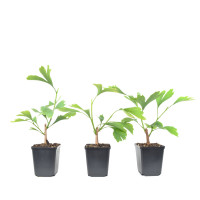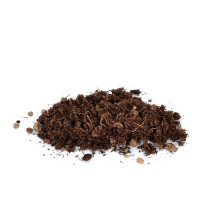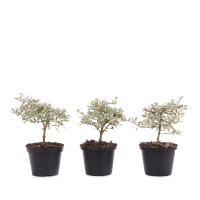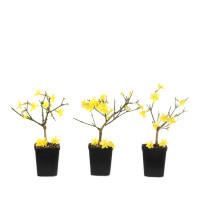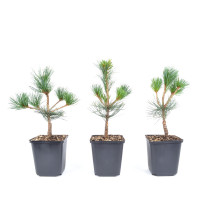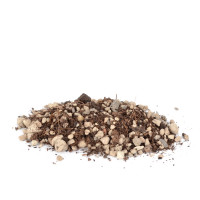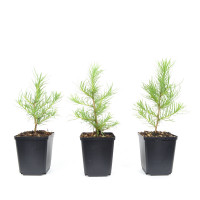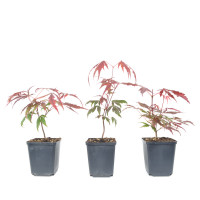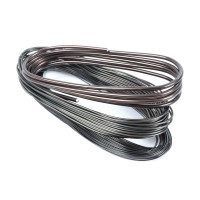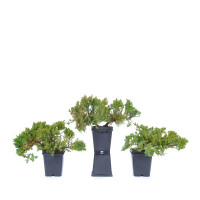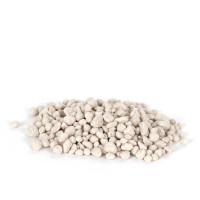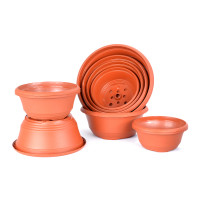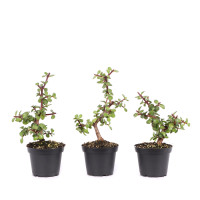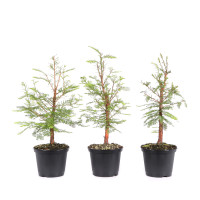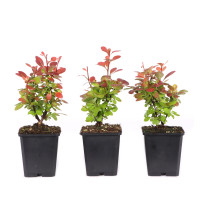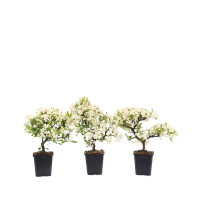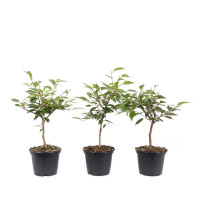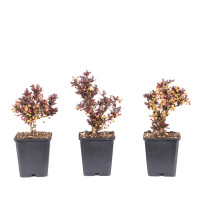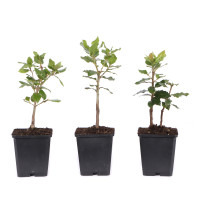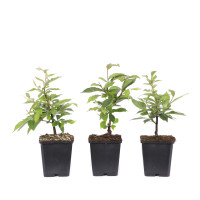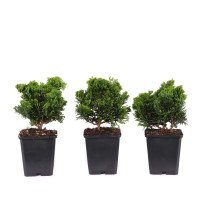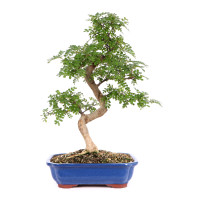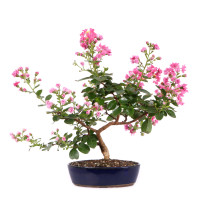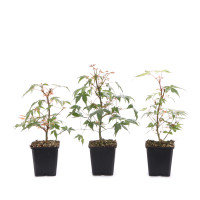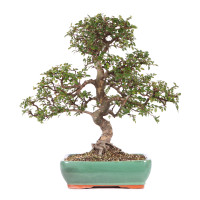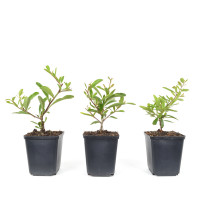- Order number: 1186-03-T
- Height: ca. 20 - 25 cm (no pot)
- Foliage: evergreen
- Bonsai Pot: plastic pot
- Age: 3 years
- Characteristics: attractive autumn colour
- Origin: Germany
- Product contents: You will get a similar plant
Nandina domestica ‘Fire Power‘ - Heavenly Bamboo
General:
The heavenly bamboo, also called sacred dwarf bamboo, does not belong to the bamboo family, but to the barberry family. It has its natural distribution in Japan, central China and India. It grows here as a multi-stemmed shrub with thin, barely branched shoots and can reach a height of up to two meters. The leaves are evergreen and change very interesting colors over the course of the year. When they shoot, they are initially red and then turn light green. In autumn the leaves turn reddish, yellowish or orange again. A green leaf color then develops again in spring. The plant is separate from the sexes, and when male and female specimens stand together, the female will produce attractive bright red berries in August. The heavenly bamboo is often found in temple gardens in Japan. Together with its bamboo-like growth, this was probably the name given to it.
Care as a bonsai:
The heavenly bamboo is only partially hardy in Central Europe and is usually cultivated as a container plant. For this reason, it is one of our subtropical indoor bonsai and should be wintered frost-free and cool. But in summer it can also stand outside very well. Due to its straight and spreading growth, with the brightly colored pinnate leaves, the overall picture loosens and brings color to the bonsai collection. Nandins prefer a partially shaded location and humus soil. Waterlogging must be avoided at all costs, but the soil should not dry out either. The care of the heavenly bamboo is otherwise uncomplicated. Shoots that are too long are shortened and thinned out if they are too close.
Special features of the variety:
The ‘Fire Power‘ variety is much more compact than the species. The plants also stay smaller and have an intense autumn color.

